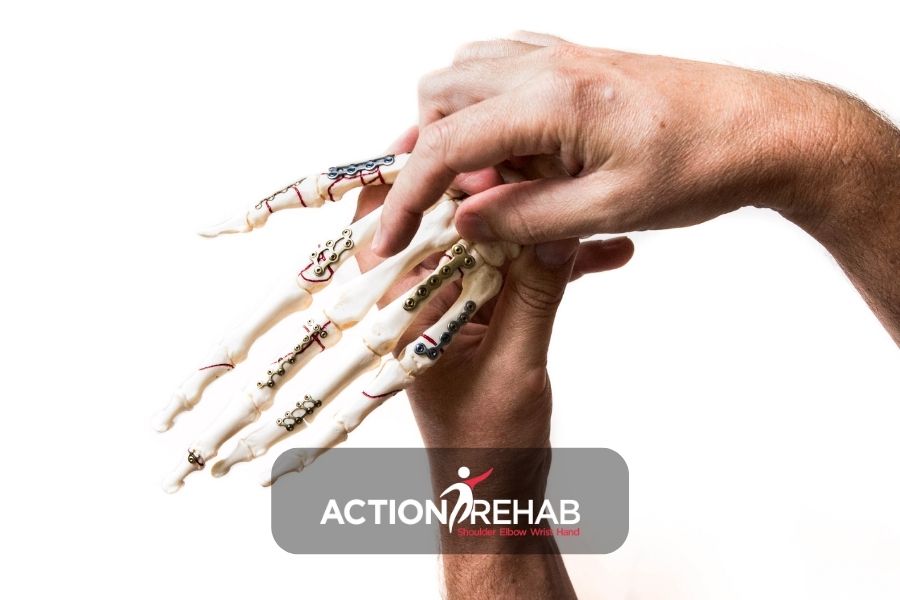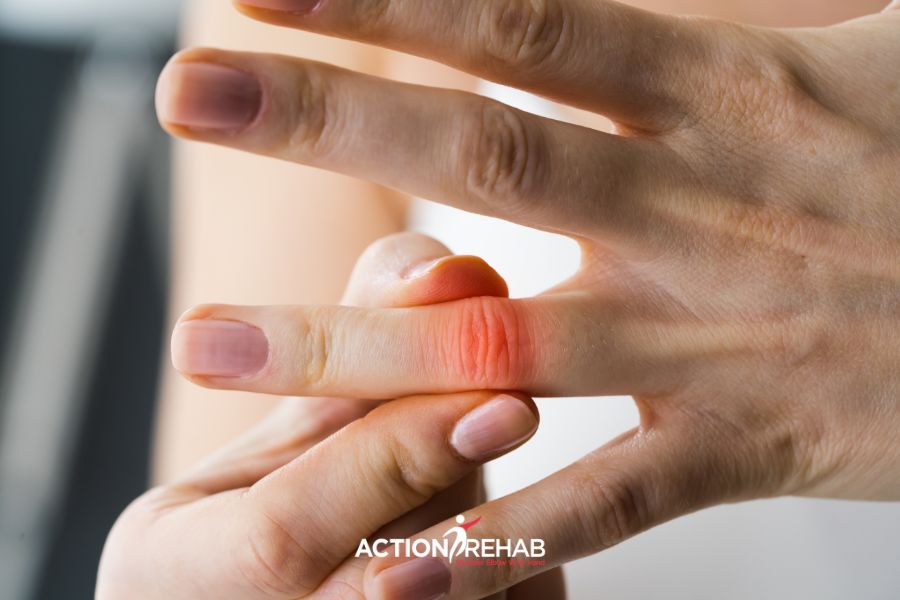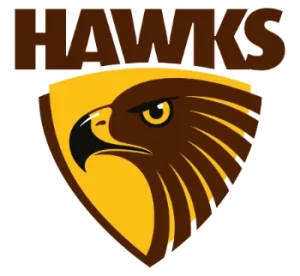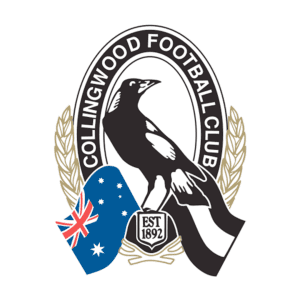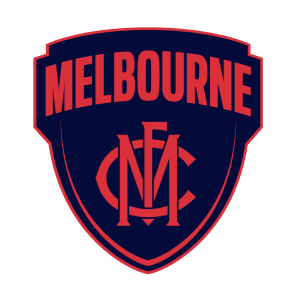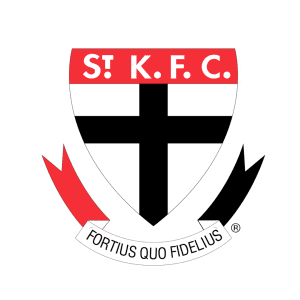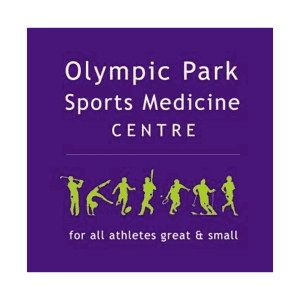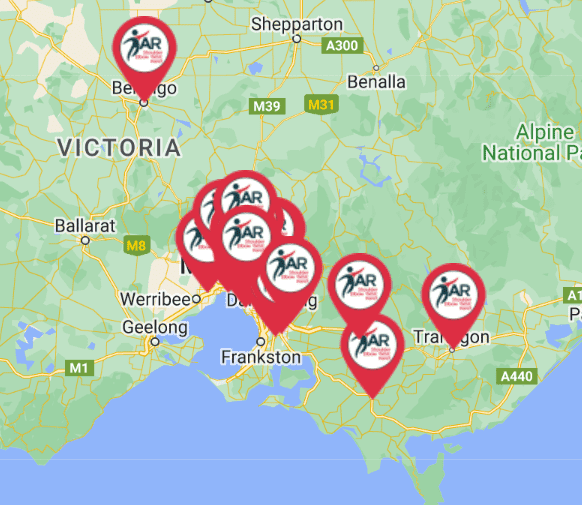What is the Volar Plate?
The volar plate is a fibrocartilaginous structure that is located on the volar (palmar) side of the finger joints in the hand. Surrounding these joints are the joint capsule, collateral ligaments and the central slip tendon. The purpose of this structure is to limit hyperextension of the joint and to allow for smooth gliding of the flexor tendon.
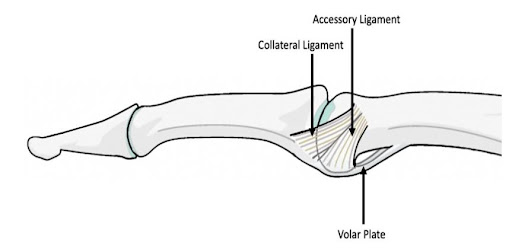
The main joint that is involved in a volar plate injury is the proximal interphalangeal joint (PIPJ). The volar plate is a flexible structure and allows for some extension to occur as the PIPJ, however, when hyperextended, this joint is at a risk of subluxation or dislocation. These types of injuries usually occur during high velocity jamming accidents during activities such as in a sports game. It is important to have imaging completed (such as an x-ray) with this injury to determine whether there has been an avulsion fracture due to a fragment being pulled off the bone as a result of the force of the injury. In the case of a fracture, the volar plate is placed under great tension which causes the attachment point of the plate on the middle phalanx to pull and cause an avulsion.
Common Injury Patterns
Dislocations are commonly closed injuries, dorsal in position and are easily reduced. Additionally, subluxations are closed injuries and are not likely needing to be reduced. In most subluxation and dislocation cases, a dorsal blocking splint in slight flexion at the PIPJ in conjunction with a thermoplastic buddy are needed post injury within a timeframe frame of 6 weeks. A sports guard can also be fabricated when appropriately indicated to facilitate an early return to sport.
It is likely for an avulsion fracture to follow a subluxation which will also include a similar post injury treatment pattern. It is not likely for a fracture of this nature to be unstable, therefore, stable fractures (Type I) are to be treated conservatively. If the fracture is unstable (Type II), surgical intervention may be required in the form of a k-wire or ORIF. The main concern following a volar plate injury is instability of the PIPJ, oedema and lasting stiffness.
In the case of ongoing instability, a swan neck deformity can follow which can occur as a result of PIPJ laxity. This deformity is characterised by hyperextension of the PIPJ and flexion of the DIPJ. This deformity follows an imbalance in the extensor mechanism, causing a reduction of extension at the DIPJ and tightening of the extensor mechanism. This can be avoided by initially fabricating the splint in an optimal position and through intrinsic muscle strengthening.

Final thoughts on Volar Plate Injuries
The volar plate injury is a common condition that can cause deformity and loss of motion at the finger joints.This can be avoided by initially fabricating the splint in an optimal position and through intrinsic muscle strengthening.
If you are experiencing this condition, it is important to seek treatment from a qualified professional. Our team at In Action Rehab has extensive experience in treating volar plate injuries.
Book online with Action Rehab today or call 1300 76227 to book and we will work with you to find out what is causing your symptoms and help you get back to normal life activities as soon as possible.
References
Blazar, P. E., & Steinberg, D. R. (2000). Fractures of the proximal interphalangeal joint. JAAOS-Journal of the American Academy of Orthopaedic Surgeons, 8(6), 383-390.
Freiberg, A. (2007). Management of proximal interphalangeal joint injuries. Canadian Journal of Plastic Surgery, 15(4), 199-203.
Kim, Y. W., Roh, S. Y., Kim, J. S., Lee, D. C., & Lee, K. J. (2018). Volar plate avulsion fracture alone or concomitant with collateral ligament rupture of the proximal interphalangeal joint: a comparison of surgical outcomes. Archives of Plastic Surgery, 45(05), 458-465.
Lane, R., & Nallamothu, S. V. (2021). Swan-Neck Deformity. National Library of Medicine.
Ng, C. Y., & Oliver, C. W. (2009). Fractures of the proximal interphalangeal joints of the fingers. The Journal of Bone and Joint Surgery. British volume, 91(6), 705-712.
Saito, S., & Suzuki, Y. (2011). Biomechanics of the volar plate of the proximal interphalangeal joint: a dynamic ultrasonographic study. The Journal of hand surgery, 36(2), 265-271.
Weber, D. M., Kellenberger, C. J., & Meuli, M. (2009). Conservative treatment of stable volar plate injuries of the proximal interphalangeal joint in children and adolescents: a prospective study. Pediatric emergency care, 25(9), 547-549.


